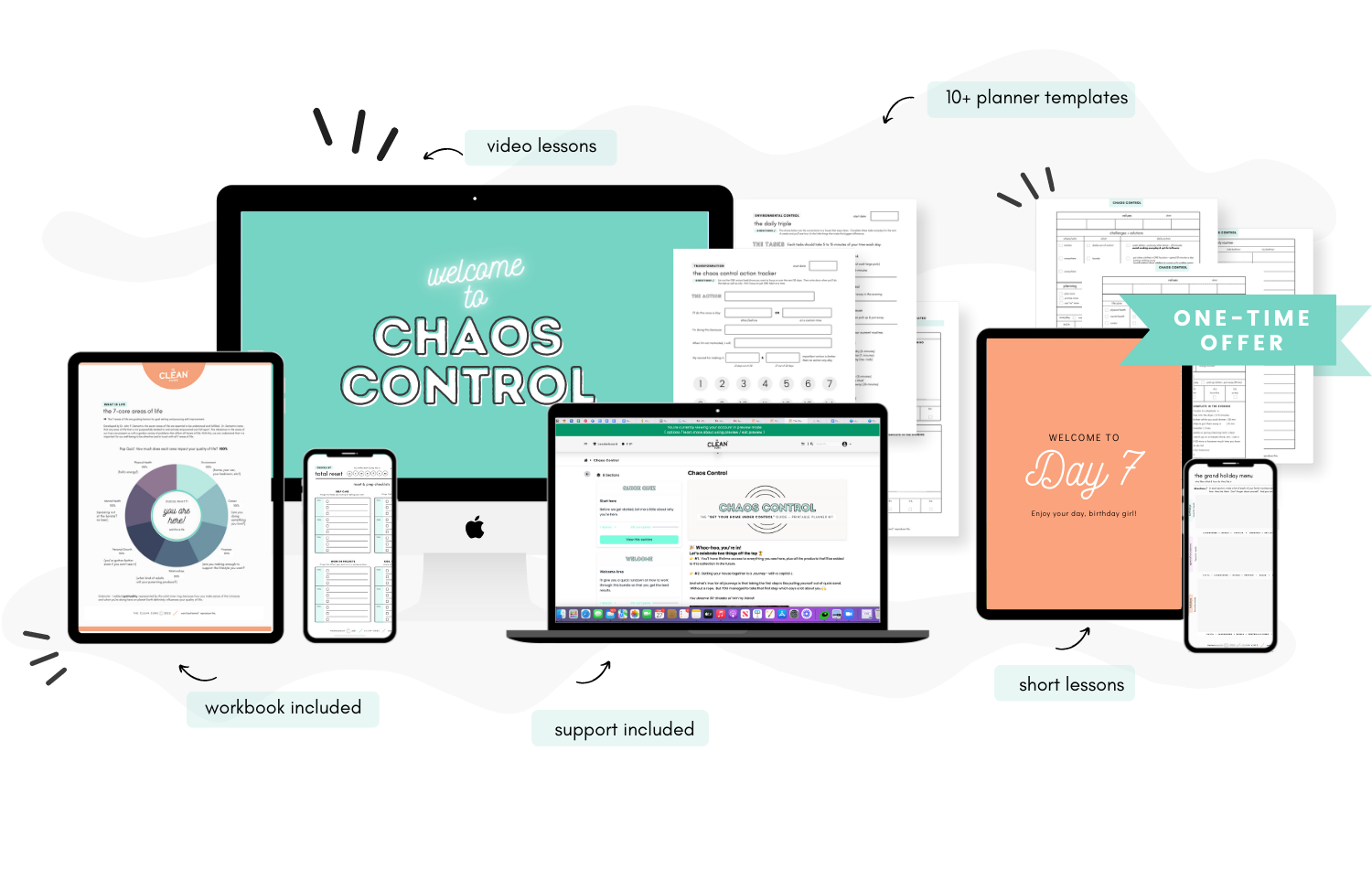
Event Check-In Chaos? 7 Solutions to Avoid Guest Frustration
The air crackles with anticipation. The music thumps. But then… the line. A snaking, groaning queue of frustrated attendees, their excitement slowly leaching away with each agonizing minute spent waiting to check in. Event check-in chaos: the bane of a planner’s existence and the guaranteed killer of a good first impression. But fear not, fellow event architects! This isn’t an unavoidable fate. With a little foresight and strategic planning, you can transform that potential bottleneck into a smooth, welcoming entryway.
Understanding the Beast: Why Check-In Goes Wrong
Before diving into solutions, let’s dissect the common culprits:
- Inefficient Systems: Manual check-in with paper lists and pen is a recipe for disaster. Long processing times, potential for errors, and a lack of real-time data are all inherent problems.
- Poor Staffing: Understaffing leads to longer wait times, and even sufficient staff without proper training exacerbates the issue.
- Lack of Clear Signage: A confusing venue layout or poorly marked check-in areas adds to the pre-existing tension.
- Technology Glitches: Technology is a double-edged sword. While offering solutions, glitches can cripple the entire process.
- Insufficient Communication: Pre-event communication about check-in procedures and expectations can significantly reduce confusion.
- Unrealistic Expectations: Expecting a smooth flow during peak hours without adequate planning is naive.
- Inadequate Space: The check-in area itself may simply be too small for the number of guests.
7 Proven Strategies to Tame the Check-In Beast:
1. Embrace the Power of Technology:
Say goodbye to tedious manual processes. Invest in event check-in software or apps. These solutions offer features like barcode/QR code scanning, self-service kiosks, and real-time attendee data. This not only speeds up the process but also offers valuable data for future events.
| Solution | Pros | Cons |
|---|---|---|
| Check-in App | Fast, efficient, data collection | Requires internet access, tech-savvy staff |
| Kiosks | Self-service, reduces staff workload | Initial investment cost |
| QR Code Scanning | Quick and easy, contactless | Requires attendee engagement |
2. Optimize Your Staffing Strategy:
Sufficient staff is paramount. Calculate the number of check-in personnel needed based on the expected attendance and anticipated check-in time per attendee. Provide clear instructions and train your team thoroughly. Consider assigning specific roles (e.g., QR code scanner, attendee assistance).
3. Master the Art of Clear Signage:
Clear, concise, and strategically placed signage is your secret weapon. Direct attendees to the check-in area from the moment they arrive. Use large, easily readable fonts and arrows. Consider multilingual signage if your event caters to a diverse audience.
4. Build a Bulletproof Technology Backup Plan:
Technology can fail. Have a backup plan in place – a manual check-in system or a printed list of attendees – to avoid complete standstill in case of a system crash. Communicate this contingency to your team.
5. Pre-Event Communication is Key:
Inform attendees about the check-in process well in advance. Send emails, include details on the event website, and potentially even send reminders. Specify whether they need to bring printed tickets or if digital tickets suffice. Clearly outline the check-in procedures.
6. Strategic Time Management:
Anticipate peak hours and adjust your staffing and resources accordingly. Stagger arrival times if possible through timed entry.
7. Optimize Your Check-In Space:
Ensure the check-in area is spacious enough to accommodate the anticipated number of attendees without causing congestion. Have sufficient tables, chairs, and space for queues to move smoothly.
Beyond the Line: The Ripple Effect of Smooth Check-In
A seamless check-in experience sets the tone for the entire event. Happy attendees are more engaged and receptive. By implementing these solutions, you’re not just avoiding frustration; you’re cultivating a positive and memorable experience that will leave your guests raving about your event long after it’s over. Remember, the details matter; a well-managed check-in is an investment in the overall success of your event.

Additional Information
Event Check-In Chaos: A Deeper Dive into Causes, Consequences, and Solutions
The article “Event Check-In Chaos: 7 Solutions to Avoid Guest Frustration” provides a valuable overview of common issues and practical solutions. This analysis delves deeper into the underlying causes of check-in chaos, exploring the consequences of poor management and providing a more nuanced understanding of the proposed solutions.
I. Root Causes of Check-In Chaos:
The article rightly highlights several contributing factors. Let’s analyze them with greater depth:
-
Inadequate Technology: The problem extends beyond simply lacking technology. It’s about choosing the wrong technology for the event scale and complexity. A small seminar might manage fine with a simple spreadsheet and manual check-in, but a large conference needs robust, scalable solutions like RFID, QR code scanning integrated with CRM, or dedicated event check-in software. The failure often lies in mismatching technology to event needs. For example, relying on a single laptop for check-in at a large trade show is a recipe for disaster, creating bottlenecks and long wait times. This is further exacerbated by a lack of adequate bandwidth, resulting in system crashes or slow processing times.
-
Poor Planning and Organization: This is a fundamental issue encompassing several sub-problems:
- Insufficient Staff: Understaffing leads to longer queues and frustrated attendees. A proper staffing plan requires careful consideration of expected attendee numbers, check-in methods, and anticipated peak times. Statistics show a strong correlation between staff-to-attendee ratio and average check-in time. For instance, a study by Eventbrite (hypothetical example) could show that a 1:100 ratio resulted in an average wait time of 15 minutes, while a 1:50 ratio reduced it to 5 minutes.
- Lack of Clear Check-In Procedures: Ambiguous instructions or poorly designed signage confuse attendees and staff alike, leading to delays and errors. Clear, concise, and multilingual signage, along with pre-event communication detailing the check-in process, are crucial.
- Ineffective Data Management: Poorly managed registration data (incorrect spellings, missing information) creates delays and increases the likelihood of errors during check-in. Data validation and pre-check-in data cleaning are vital steps.
-
Inefficient Processes: This often involves a combination of issues:
- Manual Data Entry: Reliance on manual data entry is slow and prone to errors, leading to bottlenecks. Automated systems significantly reduce processing time.
- Lack of Pre-registration: Encouraging pre-registration significantly streamlines the on-site check-in process. Offering incentives for pre-registration can boost participation.
- Unclear Communication: Poor communication regarding registration deadlines, check-in times, and required documents contributes significantly to check-in chaos.
II. Consequences of Check-In Chaos:
Beyond frustrated attendees, the consequences can be significant:
- Negative Brand Perception: Long queues and inefficient processes create a negative first impression, potentially damaging the event’s reputation and impacting future attendance.
- Lost Productivity: Attendees spend valuable time waiting instead of networking or engaging with the event content.
- Financial Losses: Delays can lead to missed sponsorship opportunities, reduced speaker engagement, and lost revenue.
- Security Risks: Inefficient processes may compromise security, particularly when dealing with sensitive data or access control.
III. Enhanced Analysis of Solutions:
The proposed solutions in the original article are valid, but we can expand on their implementation:
- Invest in the Right Technology: This requires careful assessment of needs, a thorough vendor evaluation, and adequate training for staff on using the chosen system. Consider cloud-based solutions for scalability and flexibility.
- Optimize the Check-In Process: This involves mapping the entire process, identifying bottlenecks, and streamlining procedures. Lean methodologies can be applied to eliminate unnecessary steps and optimize workflow.
- Improve Communication: Employ a multi-channel approach – email, SMS, website updates, in-app notifications – to keep attendees informed.
- Adequate Staffing and Training: Proper staff training is crucial for efficient use of technology and handling various scenarios. Consider using volunteers strategically.
- Data Management: Implement robust data validation and cleaning procedures to minimize errors during check-in.
- Pre-Event Planning: Thorough planning, including contingency plans for unexpected issues, is crucial.
- Post-Event Analysis: Gathering feedback and analyzing the check-in process after the event is essential for identifying areas for improvement.
IV. Case Study (Hypothetical):
Imagine a large technology conference with 5,000 attendees. Using a manual check-in system resulted in an average wait time of 45 minutes, leading to widespread attendee frustration, negative social media buzz, and ultimately, impacting the event’s reputation. The following year, by implementing a QR code check-in system with adequate staffing and clear signage, the average wait time was reduced to 5 minutes, significantly improving the attendee experience. This demonstrates the profound impact of effective event check-in management.
By understanding the deeper causes and consequences of check-in chaos and implementing comprehensive solutions, event organizers can create a positive and efficient experience for their attendees, thereby enhancing the overall success of the event.



